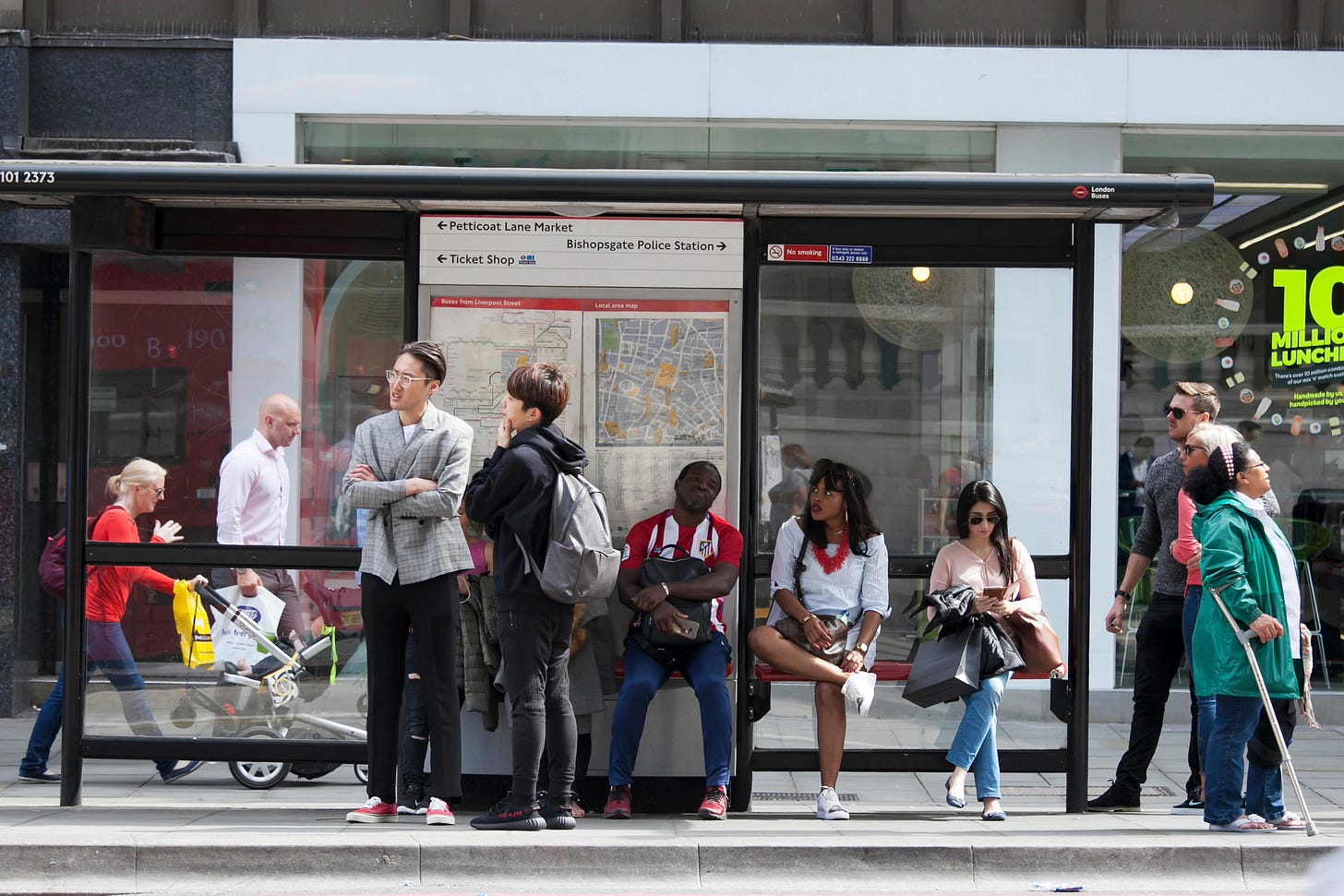Images and Questions: The Next Generation of Language Teaching
10 exercises
Note: Some examples of the Images and Questions exercises are available for free in this post. I have interspersed examples throughout the text. A much wider selection of conversational exercises is available, to paid subscribers. Many more will be coming over the next few weeks and months.
Images and Questions: A Versatile Teaching Tool
Carefully selected images paired with structured questions create powerful learning opportunities across all teaching contexts. In online classes, shared screens featuring engaging visuals become virtual conversation spaces, allowing teachers to guide discussions with precision despite physical distance. For one-on-one tutoring, the same images can spark personalized dialogues, with teachers adjusting question depth based on individual student responses. During speaking tests, images provide consistent, objective starting points for assessing language skills, while in conversation classes, they serve as natural springboards for group discussions and cultural exchanges.
The Three Ages of Picture-Based Teaching
For generations, language teachers relied on fixed textbook pictures with standard question sets printed on the page. Then came the digital age, where teachers could find many kinds of images online, display them on screens[,] and create their own worksheets. Now, we're entering a third phase[-]where AI helps teachers design and optimize structured worksheets with layered questions that systematically explore every aspect of an image, from basic description to cultural insights.
The Power of Visual Learning
The best teaching starts with images that spark student engagement—whether they're real photographs, well-crafted illustrations, or even AI-generated scenes. While authentic photographs showing actual human life are often ideal, each type of image serves different teaching goals: real photos capture genuine cultural moments, diagrams explain processes clearly, and AI images can create scenarios that would be impossible to photograph. For conversation practice about everyday life, scenes with multiple people in relatable situations work best—like a busy bus stop or hotel check-in line. Students naturally start discussing what they see, sharing experiences, and comparing cultural differences.
Smart Question Design
Smart question design—"Basic Description," "Personal Experience," and "Cultural Questions"—gives teachers a flexible teaching path to follow. Each section builds naturally upon the last: a teacher might ask students to make simple observations about what they see, then move to discussing personal experiences, and finally explore cultural differences. This creates a complete teaching framework, which includes carefully matched vocabulary lists at the top of each worksheet, giving teachers the freedom to navigate different aspects of the topic based on their students' needs and interests.




